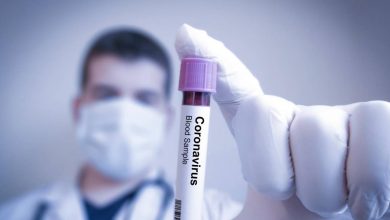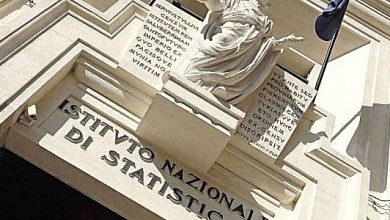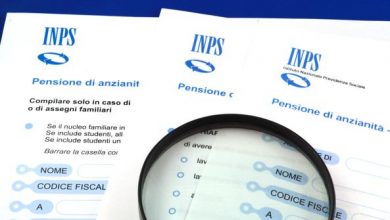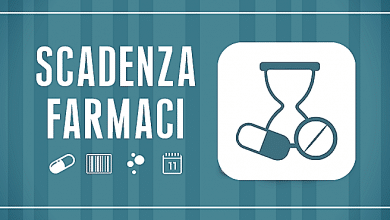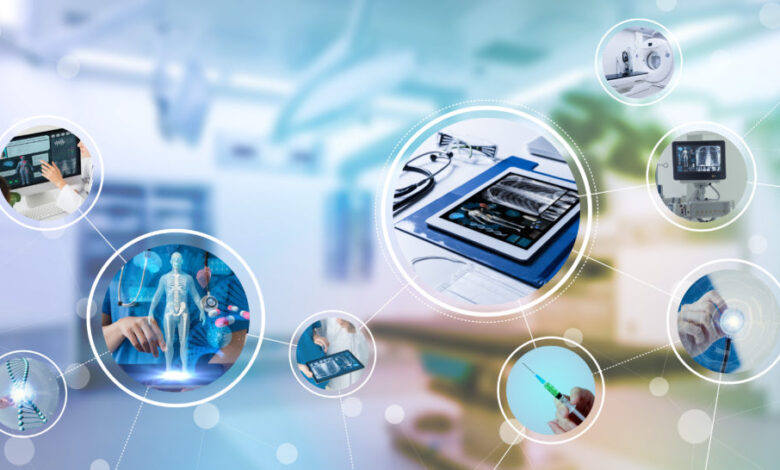
In a complicated context such as that of innovative medical devices, the Tuscany Region is trying to propose an "innovative" solution. The context first of all requires the need to define what "innovation" is. Then decide how you can buy what is innovative. And finally come to terms with the European Regulations which are no longer a novelty, but still an unsolved puzzle.
It is the case of Resolution of the Tuscany Region 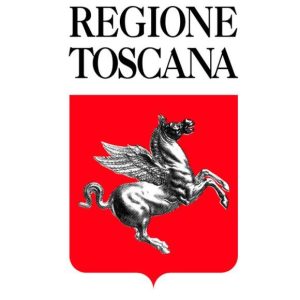 No. 737 of 27 June 2022, which provides a preferential lane for the purchase of innovative medical devices. These can be made available to clinicians and patients within a few weeks, much faster than traditional tender procedures. At the basis of the possibility of activating the fast purchase path, the obligation of a preventive evaluation of Health Technology Assessment (HTA). THE RESOLUTION
No. 737 of 27 June 2022, which provides a preferential lane for the purchase of innovative medical devices. These can be made available to clinicians and patients within a few weeks, much faster than traditional tender procedures. At the basis of the possibility of activating the fast purchase path, the obligation of a preventive evaluation of Health Technology Assessment (HTA). THE RESOLUTION
The resolution identifies three criteria to define a new medical device as innovative:
1) the satisfaction of a therapeutic need otherwise not satisfied or insufficiently satisfied;
2) a documented and relevant advantage of a clinical nature compared to predecessor devices;
3) the presence of a significant organizational improvement which increases the efficiency of the assistance procedure in question.
To obtain recognition of innovation it is sufficient that at least one of the three criteria is met, but, especially for criteria 2 and 3, the resolution provides that the DM must exceed a minimum threshold of clinical or economic value, defined in numerical terms, in order to avoid "non-standard" choices, without specific clinical and/or economic documentation.
Before that, devices need to meet two pre-requisites: the availability of at least one clinical study published in a Pubmed reviewed journal and the availability of at least one study reporting an estimate of incremental benefit compared with an adequate comparator.
The question remains open systematic detection of results and their improvement which must follow the introduction of an innovative product in the Regional Health System. The pharmaceutical sector has established a registry-based detection path.
The Policy and Procurement in Healthcare magazine consulted the General Manager of Confindustria Medical Devices Dr. Fernanda Gellona to analyze the resolution and evaluate critical aspects and perspectives of the proposal.
Fernanda Gellona, Director General of Confindustria Medical Devices: “Surely, in principle, our assessment is positive: the approach used essentially follows what we have been hoping for for some time, that is, a path that identifies, allows you to choose and therefore rewards innovative DMs. We obviously agree on the fact that there must be an evaluation process of the device innovation (HTA) upstream which highlights whether and which innovations the device itself can bring from a clinical or organizational and overall cost point of view”.
Will the system work? “As always, since these are new procedures, it will be possible to fully answer this question only after having experienced the process: it still has to pass the "practical test". In principle it is very valid and I'm curious to see if the goodness will be confirmed by use or if there will be aspects to modify, but we will find out later”.
Tuscany has therefore taken a leap forward with respect to the current legislation. If on the one hand Confindustria DM welcomes the fact that other regions follow suit, on the other hand it expresses concern about the possible heterogeneity of the solutions adopted. “Tuscany, together with other regions, has historically already been a trailblazer on some issues: it is probable that others will be able to take action in this sense, something we would be very happy about, provided that the system proposed by Tuscany also proves to be effective in practice or by bringing useful fixes – comments Gellona – The only aspect that could turn out to be critical is this: we need to avoid differences in approach and the usual fragmentation such that each Region has to personalize this type of process in its own way, which by its nature should be uniform at the national level”.
Why is it so difficult to buy innovative DMs? “The first difficulty is precisely that there is no evaluation and recognition process for innovative DMs, neither at the level of the Lea, in the sense that the Lea commission has practically not updated anything, nor as regards the tender procedures: there are no procedures hoc for innovative DMs, so a device of this kind has no way of being recognized and rewarded for the innovation it brings – explains Gellona -. This is why we welcome this resolution of the Tuscany Region with great favour: a path is identified and defined, which we have been asking for for some time and which we consider very positive. Today at the national level there is no definition to classify a DM as innovative and there is no HTA plan; there are examples in the individual Regions, but, once again, in different ways, for which a DM manages to be recognized in some Regions and not in others”.
How to overcome these obstacles? “We hope that the new government that will take office will be able to implement that design that was already defined three governments ago as a national plan for HTA, which has remained written on paper but has never really been implemented. We therefore hope that this step will finally be taken and it must be said that not only is there a need for a national HTA plan which defines a way upstream to recognize innovations, but also the downstream part, i.e. the definition of methods for purchasing innovations, because just the recognition of the innovative product is not enough if there are no tools to buy it and the project remains incomplete”.
It is not, Gellona points out, a job to start. On the contrary. “Much has been done: we hope that the new government will take up what has already been prepared, which was largely shared by all stakeholders. Starting from scratch would be a waste of time and resources: in our opinion, we can only go in the direction of starting from the work already done, especially since we don't expect years of great financial well-being judging by the general situation we experience every day”.
Help could come from the PNRR and from the Plan's strong push towards digitalisation. “In healthcare, this is linked to the fact that in 90% cases the DMs have digitization as their technological basis. The choice to support it in the PNRR, in our opinion very appropriate, should bring with it other indispensable activities which are the evaluation of HTA and the setting up of tender procedures consistent with an innovative product or process. These are fundamental aspects not only for achieving the provisions of the PNRR, but also, more generally, for a modernization of healthcare, as everyone now says we must do. From this point of view, DMs are a great opportunity. Our hope is that the next government will be aware of this and will seize it”.
But something is still missing to complete the picture. “The new regulations on DM and in vitro devices are not only an Italian but a European issue, very delicate and upstream of the whole discussion – says Gellona -. We are still behind for the complete implementation of the regulations and our hope is that the new government will take an active part in remedying a situation that is becoming very critical for a number of reasons: there is the risk that to certify the DMs and this is not only a procurement problem, because if they do not have the correct marking they cannot be sold and purchased, but, more generally, it is a matter of making sure that the new regulatory mechanism can work well, what which is not today. The issue is closely related to innovation: if I have an innovative DM but I don't have the possibility to get it into the system because there are no notified bodies, there are no common technical specifications and I can't mark it, I will never be able to put it healthcare provision”.
ANNEX A – Criteria for the definition of innovation
Policy and Procurement in Healthcare
Related news:
New European regulation of medical devices – Fedaiisf 24.5.2022
Tuscany. The figure of the "expert patient" makes its debut - Fedaiisf 6.25.2022
Ministry of Health. Document on the Governance of Medical Devices


